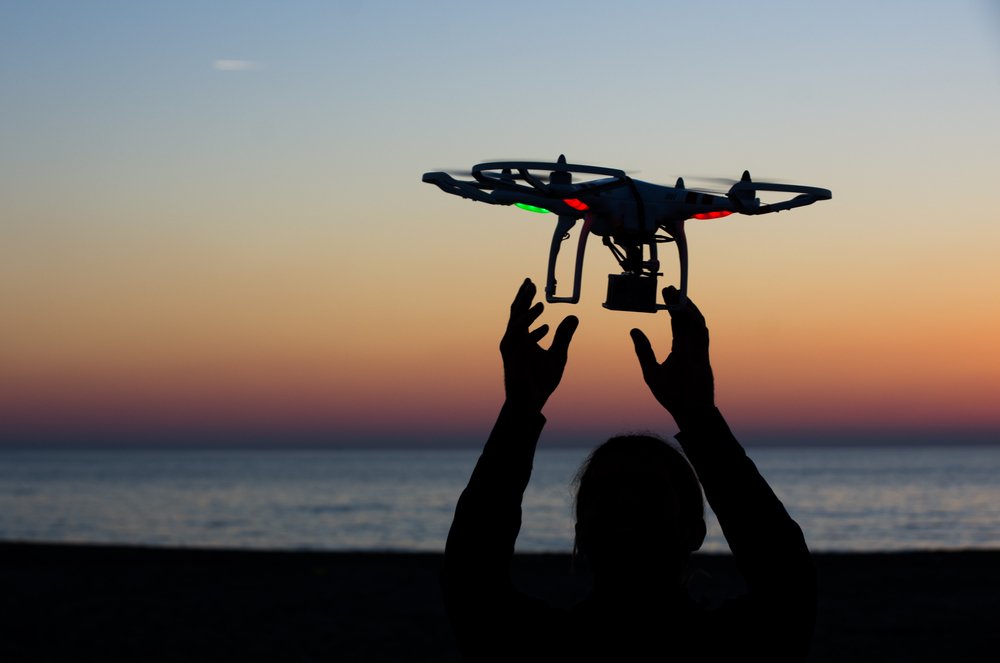
Or, more accurately, upward.
The company released more details last week about how exactly they’re hoping to make the plan a reality. One key component: drones, solar-powered and with the wingspan of a Boeing 737, nearly 100 feet from wingtip to wingtip.
According to Yael Maguire, director of Facebook’s Connectivity Lab, the goal is to create, “a backbone of the Internet using lasers in the sky.”
Yes, lasers. One of the major breakthroughs that’s helped push the project forward has been increasing data capacity of the lasers that will connect the airborne platforms with a ground-based fiber link that serves as the actual connection to the Internet. According to Facebook, this laser technology will allow transmission rates from the ground to the drones nearly 1,000 times faster than what’s previously been possible.
The drones, each weighing in at around 1,000 pounds, would circle more than 60,000 feet above the Earth for up to 90 days, providing broadband level connectivity for people in a 50-mile radius below.
The plan is to spend the rest of 2015 doing structural tests on the plane that’s already built (by Ascenta, a Somerset, England-based drone company Facebook acquired in 2014), testing and confirming air-worthiness before moving to broader testing next year.
Connectivity and mobility on the ground are themes we’ve often explored at Techonomy, most recently with Ford’s Don Butler at last fall’s Techonomy Detroit 2014. And we’ll be looking at it more this September 15 when we return for Techonomy Detroit 2015.
Facebook seems to be taking that idea even further and it seems the sky is the limit. At least for now.
It’s a Bird! It’s a Plane! It’s Facebook?!
Facebook’s plan to provide Internet access to the roughly 10 percent of the Earth’s population that lives too far from cell towers or landlines to get online is moving forward. Or, more accurately, upward. The company released more details last week about how exactly they’re hoping to make the plan a reality. One key component: drones, solar-powered and with the wingspan of a Boeing 737, nearly 100 feet from wingtip to wingtip.
















